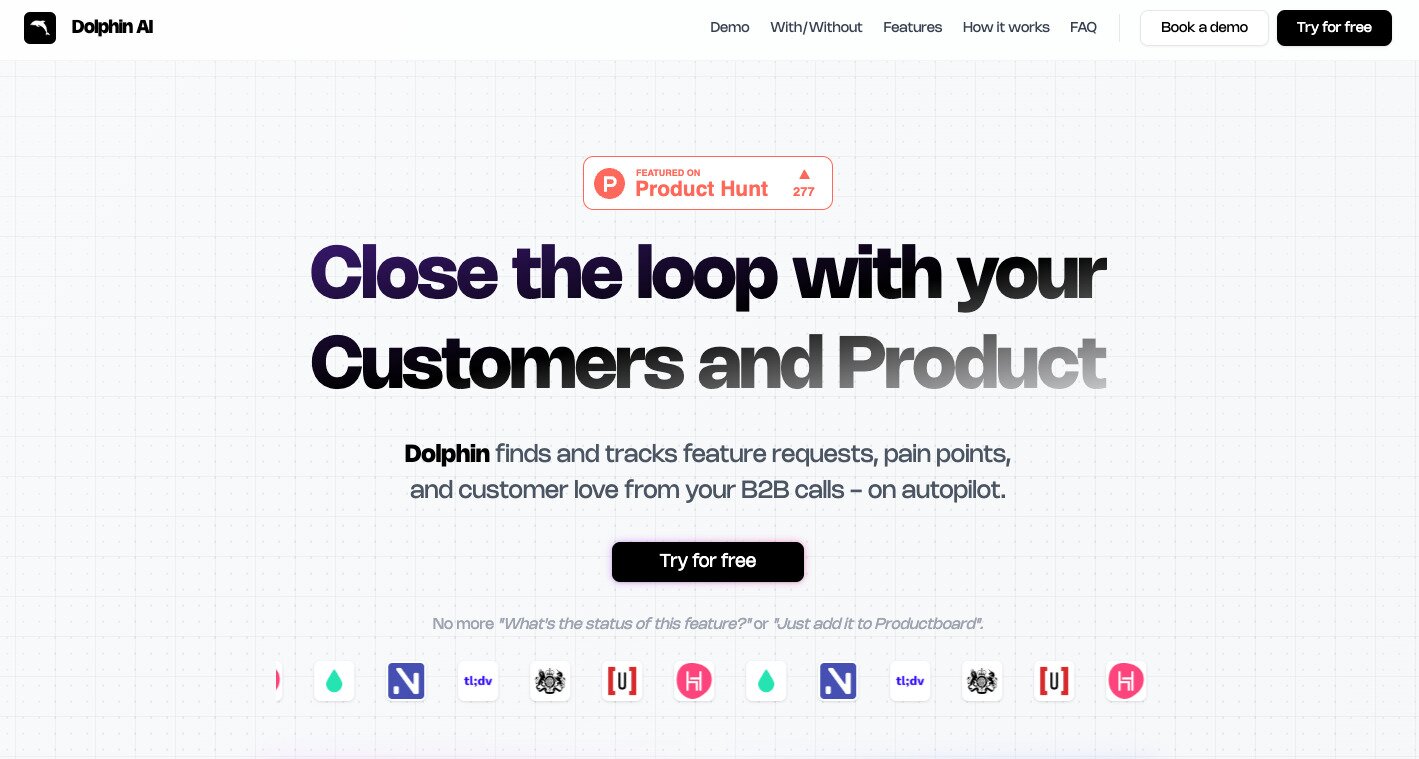How can we do AI? In this ProductTank London talk, Emily Sappington, Product Director at Babylon Health, tells us how to answer that question by setting proper user expectations and creating minimal viable intelligence. The key points of her talk include:
- What makes someone or something smart?
- The importance of setting expectations
- How to handle the AI questions
- Principles of minimal viable intelligence
Watch the video to see Emily’s talk in full. Or read on for an overview of her key points.
What makes someone or something smart?
Emily begins by pointing out that AI is not a box you tick despite what many may think. It’s a tool. When companies think about AI, their minds immediately turn to data science, machine learning, and roles that go into making good products. However, as product managers leading an AI charge, it’s important to remember to bring users along for the ride.
The way to do that is to start by asking. “What makes someone or something smart?”
As Emily explains, humans evaluate intelligence by asking if something responds, if it’s competent and if it’s impressive.
For humans and technology, things aren’t that different. Frontend intelligence is fundamental when building AI as, during the first interaction between humans, it needs to be smooth and crisp. The moment of eye contact or the first impression is also essential for determining competence as users evaluate responsiveness and competence when testing a product.
The importance of setting expectations
Product managers should make sure that they don’t set expectations too high when it comes to AI capabilities. Set expectations early and make them clear, but don’t over-promise as users will find ways to test intelligence. Also, before you can try to impress users, you need a strong base.
How to handle the AI questions
Emily provides some tips on how to handle the question of “How can we do AI?” For large and small companies, set appropriate expectations and do a few things well, but be mindful that you may need to go above and beyond user expectations at times when claiming intelligence. For startups, she recommends that they get scenario-focused and only personify if it’s helpful.
Principles of minimal viable intelligence
Finally, Emily leaves us with some principles of minimal viable intelligence.
- Do a few things, very well
- Don’t expect to be intelligent before you’re smart
- Under-promise and over-deliver
- Surprise users with intelligence that suits your scenario
Enjoy more from ProductTank
ProductTanks are informal meetups, created by Mind the Product, to bring local product people together and to enable speakers to share amazing product insights. Today we have ProductTanks in more than 200 cities across the globe and there’s probably one near you.
Learn more about ProductTank – find your local meetup, explore more ProductTank content, see the latest ProductTank news, and discover ways to get involved!






